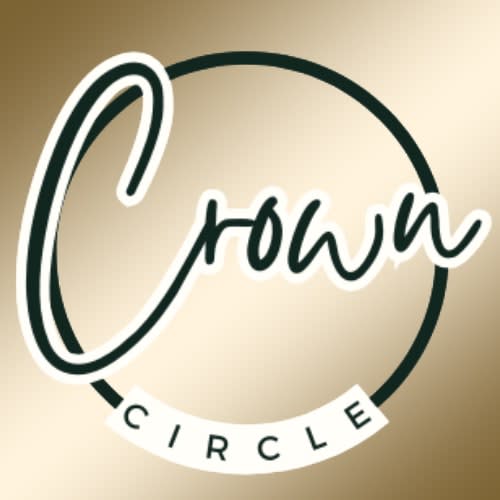Theory of Hair Growth

Hair loss is a common issue that affects people of all ages, impacting not only their appearance but also their confidence and self-esteem. For many, hair is a defining feature that contributes to their identity. Understanding the complexities of hair growth and loss can help individuals take proactive steps toward maintaining and improving their hair health.
The Theory of Hair Growth
Hair grows in cycles that include three primary phases: anagen, catagen, and telogen. The anagen phase is the active growth stage, where hair follicles produce new cells and hair strands grow longer. This phase can last several years, depending on genetics and health. The catagen phase is a transitional stage lasting a few weeks, during which hair growth slows, and the follicle shrinks. Finally, the telogen phase is the resting stage, lasting several months, after which hair sheds and the cycle begins anew. Understanding these phases is crucial for recognizing the normal hair growth process and identifying when something may be amiss.
What is Hair Loss?
Hair loss, or alopecia, refers to the thinning or shedding of hair from the scalp or other areas of the body. While it is normal to lose some hair each day, excessive hair loss can be concerning. Hair loss can occur gradually or suddenly, and it can affect both men and women, regardless of age.
Common Forms of Hair Loss
Several forms of hair loss can affect individuals:
- Androgenetic Alopecia: Also known as male or female pattern baldness, this hereditary condition is the most common cause of hair loss in adults. It typically results in a gradual thinning of hair at the crown and temples in men and a widening part in women.
- Alopecia Areata: This autoimmune condition causes sudden hair loss in patches. It can affect individuals of any age and is often unpredictable.
- Telogen Effluvium: This temporary form of hair loss occurs after a significant stressor, such as illness, surgery, or emotional trauma, pushing a large number of hair follicles into the telogen phase.
- Traction Alopecia: This form of hair loss results from prolonged tension on the hair, often caused by tight hairstyles or excessive styling.
The Role of Essential Oils in Hair Care
Recent studies have shown that essential oils can play a significant role in maintaining hair health, preventing hair loss, and even aiding in regrowth. Oils such as castor oil, rosemary, and peppermint. have been shown to promote circulation in the scalp, which can stimulate hair follicles and encourage growth.
Castor Oil: One of the most well-known benefits of castor oil is its ability to promote hair growth. The oil is rich in ricinoleic acid, which has been shown to improve blood circulation to the scalp. Enhanced circulation ensures that hair follicles receive more nutrients and oxygen, fostering healthier and faster hair growth.
- Rosemary Oil: Research has suggested that rosemary oil can be as effective as minoxidil, a common hair regrowth treatment, in promoting hair growth for those with androgenetic alopecia.
- Peppermint Oil: Known for its invigorating properties, peppermint oil can enhance blood flow to the scalp and improve hair thickness.
In addition
- Rosehips: Believed to promote healthy hair growth due to their rich nutrient profile. The vitamins and antioxidants in rosehips can improve blood circulation to the scalp, ensuring that hair follicles receive the nutrients they need to thrive. Regular use of rosehip oil or extract can encourage stronger, healthier hair.
- Rose Petals: Packed with vitamins and antioxidants, such as vitamin C, which is essential for collagen production and tissue repair. This nutrient-rich profile helps nourish hair follicles, providing them with the necessary components to support healthy hair growth.
Incorporating these oils into a hair care routine can enhance the effectiveness of other treatments and contribute to overall hair health.
The Importance of a Balanced Diet and Exercise
While topical treatments and essential oils can significantly benefit hair health, they work best when combined with a balanced diet and regular exercise. Nutrients such as biotin, zinc, omega-3 fatty acids, and vitamins A, C, D, and E are essential for hair growth and health.
- Biotin: This B vitamin is crucial for hair structure and growth, and deficiencies can lead to hair loss.
- Zinc: Essential for hair tissue growth and repair, zinc deficiency can contribute to hair shedding.
- Omega-3 Fatty Acids: Found in fish, flaxseeds, and walnuts, these healthy fats promote scalp health and can reduce inflammation.
Regular exercise also plays a vital role in promoting healthy hair. Physical activity increases blood circulation, delivering oxygen and nutrients to hair follicles, and reducing stress, which can trigger hair loss.
Taking Control of Your Hair Health
For professionals aged 30-55, understanding the factors influencing hair health is crucial. Hair loss can be distressing, but awareness of its causes and solutions empowers individuals to take proactive steps toward maintaining their hair.
Incorporating essential oils into your hair care regimen, following a balanced diet, and exercising regularly can significantly enhance hair health. If you’re experiencing hair loss, consider consulting with a healthcare provider or a dermatologist to explore personalized solutions tailored to your needs.
With the right knowledge and tools, you can take control of your hair health and embrace a confident, vibrant appearance at any age.
